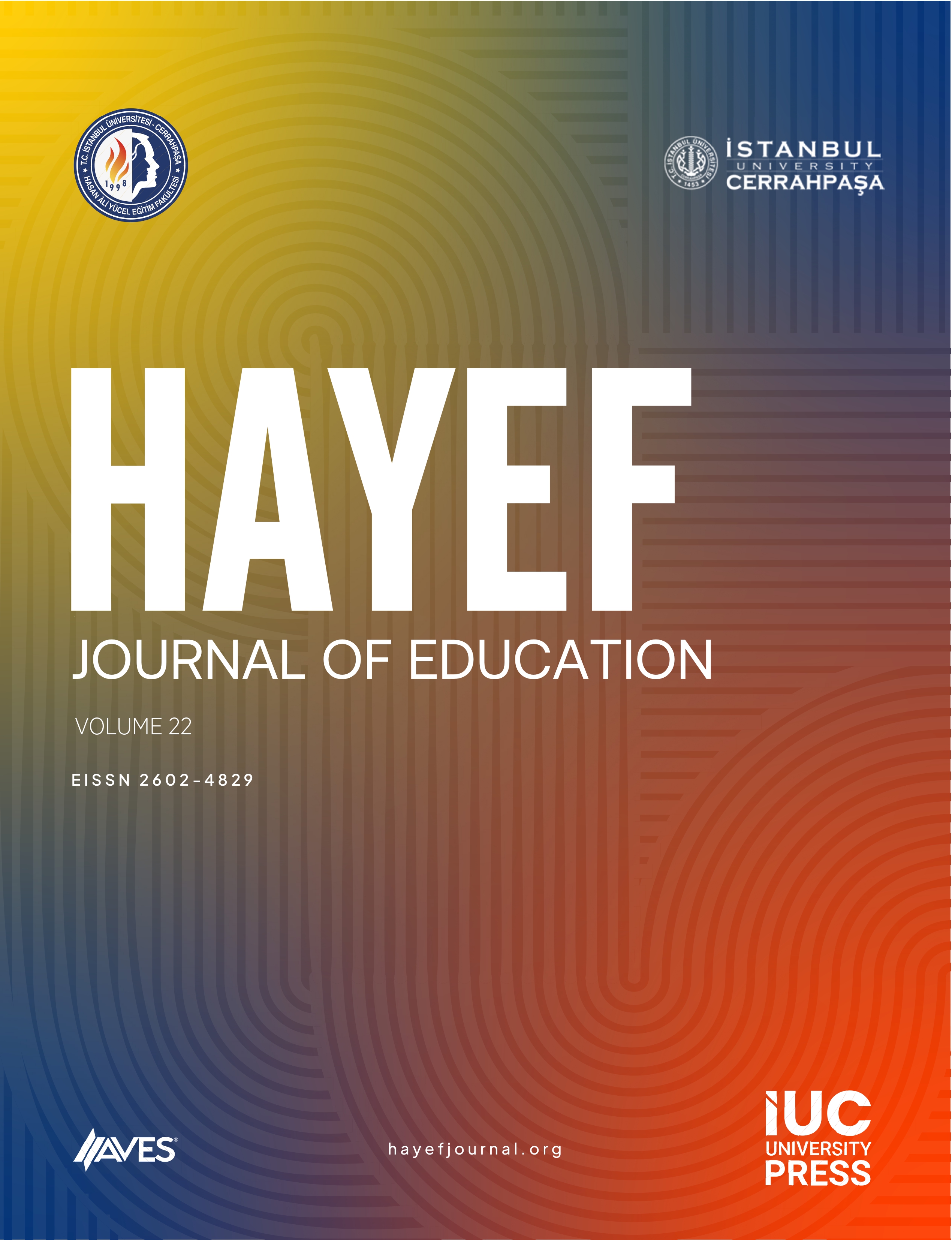This study aimed at examining the definitions of pre-service primary school teachers concerning learning, their opinions about what learning should contain, and their views regarding student-teacher-family relations inside and outside the school. To this end, 73 third grade students attending Kastamonu University Department of Primary School Teaching in the 2013- 2014 academic year were included in the study. The descriptive method was used in the study. For data collection, three open-ended questions about learning definitions, what learning should contain, and the schoolreferenced positioning of student, teacher, and family were asked to the participants. Content analysis – a qualitative data technique – was employed for analyzing the answers of the students to the above-mentioned questions. The data were coded, and themes were created. Based on their learning definitions, the statements of the students gathered under the titles of behavioral theory, cognitive theory, and cognitive/behavioral theory. It was seen that the student answers regarding what learning should contain gathered under the themes of affective characteristics, learning-teaching process, the role assigned to student, and the role assigned to teacher. The examination of student answers regarding the school-referenced positioning of student, teacher, and family showed that the students positioned the above-mentioned differently inside and outside the school. In addition, the students positioned student, teacher, and family in view of one another, too. Moreover, the examination of the explanations of the students about the said positioning demonstrated that they mostly assigned guiding role to teacher and mostly assigned supporting role and first school role to family. Also, that mutual positionings were realized among the students was included in the definitions. Considering the explanations students announced over these definitions, it is seen that especially while the guidance role was identified for the teacher, on the other hand supporter and the first education environment roles were declared for the family.



